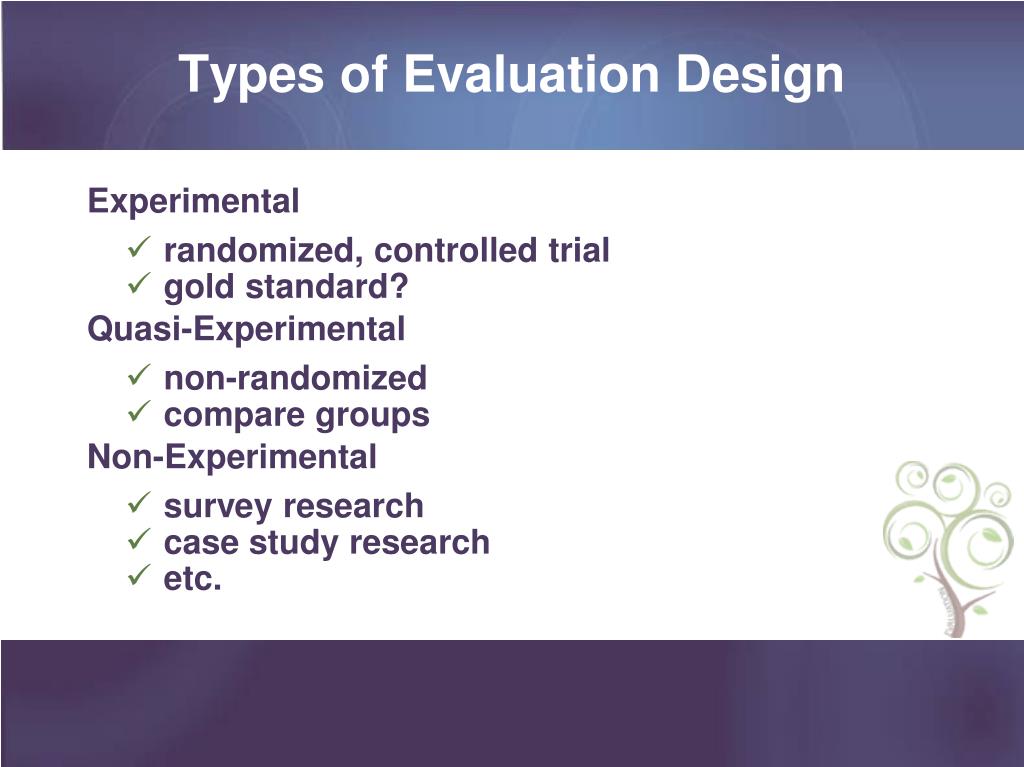Table Of Content

To protect against failures, it's common to set up multiple load balancers, either in active-passive or active-active mode. The length of downtime is determined by whether the passive server is already running in 'hot' standby or whether it needs to start up from 'cold' standby. Understanding different types of databases (like SQL and NoSQL), their strengths and weaknesses, and when to use each type is key. Similarly, understanding different storage systems (like block, file, and object storage) and how to choose between them based on factors like speed, cost, and data type is also essential. SSEs are best when we need real-time traffic from the server to the client or if the server is generating data in a loop and will be sending multiple events to the client. When it comes to database technology, there’s no one-size-fits-all solution.
How to achieve certain system qualities with the help of hardware
For example, you might need to determine how long it will take to generate 100 image thumbnails from disk or how much memory a data structure will take. The Powers of two table and Latency numbers every programmer should know are handy references. REST is an architectural style enforcing a client/server model where the client acts on a set of resources managed by the server.
Learn how to design large-scale systems
However, if your load balancer randomly distributes requests across the nodes, the same request will go to different nodes, thus increasing cache misses. Two choices for overcoming this hurdle are global caches and distributed caches. Data partitioning (also known as sharding) is a technique to break up a big database (DB) into many smaller parts.
Caching at the object level
Sites with a small amount of traffic or sites with content that isn't often updated work well with push CDNs. Content is placed on the CDNs once, instead of being re-pulled at regular intervals. If both Foo and Bar each had 99.9% availability, their total availability in sequence would be 99.8%. Active-active failover can also be referred to as master-master failover.

Security and Compliance
You'll need to make a software tradeoff between consistency and availability. Suggested topics to review based on your interview timeline (short, medium, long). The provided Anki flashcard decks use spaced repetition to help you retain key system design concepts. This repo is an organized collection of resources to help you learn how to build systems at scale.
Table of Contents
Uber Data Scientist Interview Experience by Aqeel Anwar - Towards Data Science
Uber Data Scientist Interview Experience by Aqeel Anwar.
Posted: Sat, 17 Jul 2021 07:00:00 GMT [source]
Instead, you'd write a single set of test cases per problem which can be run against any language. The codeStubs for each language would either need to be manually entered by an admin or, in the modern day of LLMs, could be generated automatically given a single language example. This will be a POST endpoint that takes a problem ID and the user's code submission and returns the result of running the code against the test cases. This will be another GET endpoint that takes a problem ID (which we got when a user clicked on a problem from the problem list) and returns the full problem statement and code stub. At this stage, it is not necessary to know every specific column or detail.
Company architectures
Then we'll dive into more specific topics such as DNS, CDNs, and load balancers. In addition to coding interviews, system design is a required component of the technical interview process at many tech companies. Because system design interviews can cover a wide range of topics, it's important to prepare by researching potential questions beforehand. The first tool in your toolkit is an understanding of the basics of system design. Before you can paint a masterpiece, you first need to master basic shapes. Similarly, before you can design complex systems, you need to understand the fundamental concepts.
Users should be able to view a list of coding problems
Both Consul and Etcd have a built in key-value store that can be useful for storing config values and other shared data. Sites with heavy traffic work well with pull CDNs, as traffic is spread out more evenly with only recently-requested content remaining on the CDN. Availability is often quantified by uptime (or downtime) as a percentage of time the service is available. Availability is generally measured in number of 9s--a service with 99.99% availability is described as having four 9s.
If the hash function “mixes well,” as the number of replicas increases, the keys will be more balanced. To measure efficiency in a distributed system, lets assume we have an operation that runs in a distributed manner and delivers a set of items as a result. We'd need to define the serialization strategy for each data structure and ensure that the test harness for each language can deserialize the input and compare the output to the expected output.
For smaller systems like this one, a monolithic architecture might be more appropriate. This is because the system is small enough that it can be easily managed as a single codebase and the overhead of managing multiple services isn't worth it. With that said, let's go with a simple client-server architecture for this system. If queues start to grow significantly, the queue size can become larger than memory, resulting in cache misses, disk reads, and even slower performance. Back pressure can help by limiting the queue size, thereby maintaining a high throughput rate and good response times for jobs already in the queue. Once the queue fills up, clients get a server busy or HTTP 503 status code to try again later.
If the servers are internal-facing, application logic would need to know about both servers. After a write, reads will eventually see it (typically within milliseconds). First, you'll need a basic understanding of common principles, learning about what they are, how they are used, and their pros and cons. Summaries of various system design topics, including pros and cons. There is a vast amount of resources scattered throughout the web on system design principles. Books can be incredible resources for learning about system design.
With active-passive fail-over, heartbeats are sent between the active and the passive server on standby. If the heartbeat is interrupted, the passive server takes over the active's IP address and resumes service. Responses return the most readily available version of the data available on any node, which might not be the latest. Writes might take some time to propagate when the partition is resolved. Networks aren't reliable, so you'll need to support partition tolerance.
It can be expensive to have a large number of open connections between web server threads and say, a memcached server. Connection pooling can help in addition to switching to UDP where applicable. Reverse proxies and caches such as Varnish can serve static and dynamic content directly. Web servers can also cache requests, returning responses without having to contact application servers. Caching improves page load times and can reduce the load on your servers and databases. In this model, the dispatcher will first lookup if the request has been made before and try to find the previous result to return, in order to save the actual execution.




















